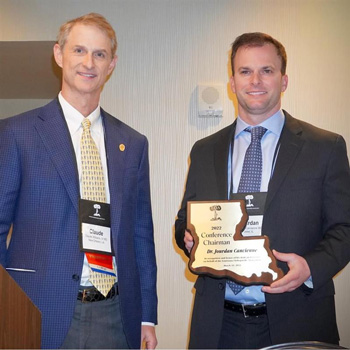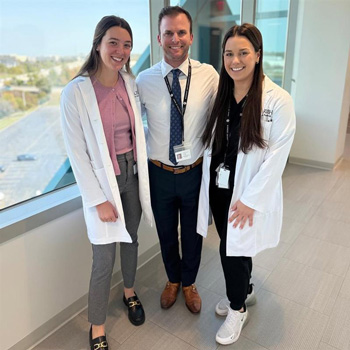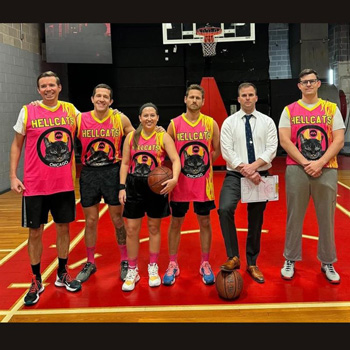WHAT IS THE ARTICULAR CARTILAGE?
Articular or hyaline cartilage is the tissue that covers the end of bones which helps in the frictionless, smooth gliding when we bend our joints. A chondral defect refers to a specific, localized area of damage to the cartilage that lines the ends of the bones, called articular cartilage (like a tile missing in the floor). It is a common injury affecting 5-10% of people over age 40 but it can also affect young patients who have a traumatic injury. Damage can be caused by an acute traumatic injury such a pivot or twist with a bent knee, a fall or direct blow to the knee. When the underlying bone is also damaged it is called an osteochondral injury. A focal injury to the cartilage can cause pain, joint stiffness, intermittent swelling, and catching or locking of the knee joint when there is a loose fragment of cartilage. Cartilage repair and regeneration is very difficult because cartilage has no blood supply. Cartilage restoration is a new and exciting field within Orthopaedic Surgery that focuses on repairing or replacing small areas of damaged articular cartilage causing joint pain. The goal of any cartilage treatment is to prolong and delay any type of joint replacement as long as possible. Conservative treatment is usually recommended initially. This includes anti-inflammatory medications, icing, therapy to strengthen the muscles and improve flexibility, and activity modification. In addition, protective supplements of glucosamine and chondroitin may be recommended in specific cases. Other nonsurgical options include injections of steroids, hyaluronic acid, biologics, and weight loss. These treatments will not regenerate the cartilage, but they might help treat the symptoms.
Surgical treatments
The goal of surgery is to improve symptoms and restore function. In the past decade there have been significant advancements in the surgical treatment and restoration of articular cartilage to prolong the natural lifespan of the knee joint particularly in active patients.
- Arthroscopic Debridement is a procedure to remove cartilage fragments and smooth out the cartilage to decrease friction and irritation for symptom relief. This is usually a good first approach to cartilage injuries because most people will improve with this “minimally invasive” procedure that has almost no downtime and allows us to determine the severity of the injury.
- Arthroscopic microfracture is a procedure to create a controlled injury to the bone that will stimulate the bone to create a product like cartilage (called fibrocartilage). Fibrocartilage is not as good as cartilage but can improve symptoms in certain patients. Tiny holes are made in the bone stimulating an egress of bone marrow into the defect to grow new cartilage. Microfracture can be used for patients with limited small cartilage injuries who are active and desire to return to activity, however, its use has declined in the last decade.
- Cartilage transplant or autologous cultured chondrocytes (cartilage cells) on a collagen membrane (known as MACI). This is a two-stage cell-based procedure that requires an arthroscopic procedure to harvest the cells (small biopsy from your native tissue). During this minimally invasive procedure the patient’s own cartilage cells (chondrocytes) are harvested from a non-weight bearing portion and the cartilage lesion within the knee is debrided to remove any damaged or loose cartilage. The harvested chondrocytes (cartilage cells) are then cultured and grown in a lab over several weeks. When ready, the cultured cells are implanted into a membrane which will then cover the cartilage defect. Because the transplants are of the patient’s own cells, there is no risk of rejection. MACI is best for younger patients that desire to remain active and who commit to post-op rehabilitation. It is most commonly used for patellofemoral (knee cap) cartilage injuries.
- Autografts of cartilage and bone (osteochondral autograft) is a procedure that is accomplished in one stage. A healthy cartilage graft is harvested from a non-weight bearing portions of the patient’s own joint (autologous) and implanted into the defect. Autografts are best for smaller lesions.
- Allografts from a donor are designed to treat all lesion sizes (osteochondral allograft). This procedure is best for active patients with localized but large defects. These grafts are harvested from a donor and the fresh graft is implanted into the lesion. Survival rates have been reported to be excellent even at 10 years.








